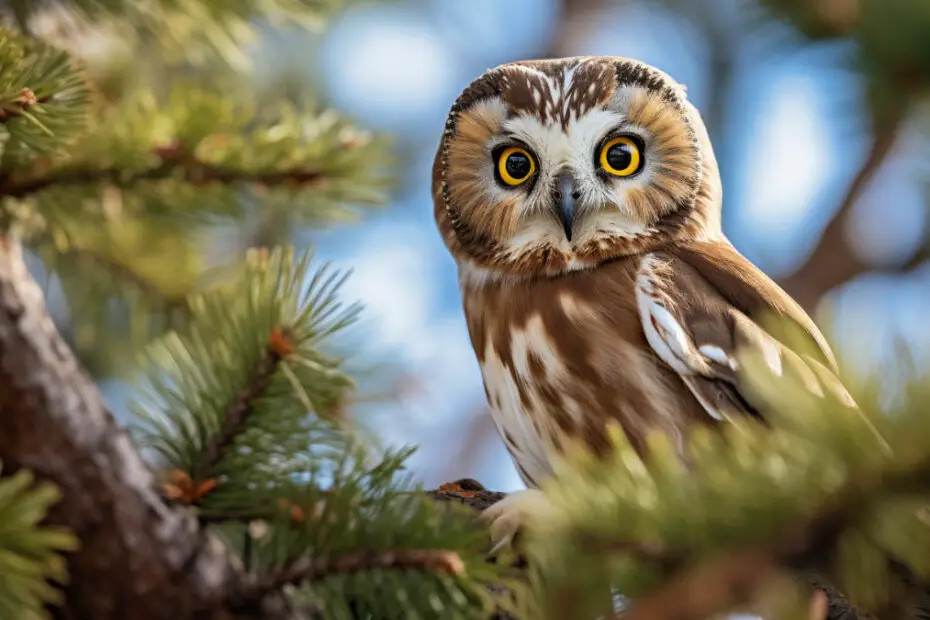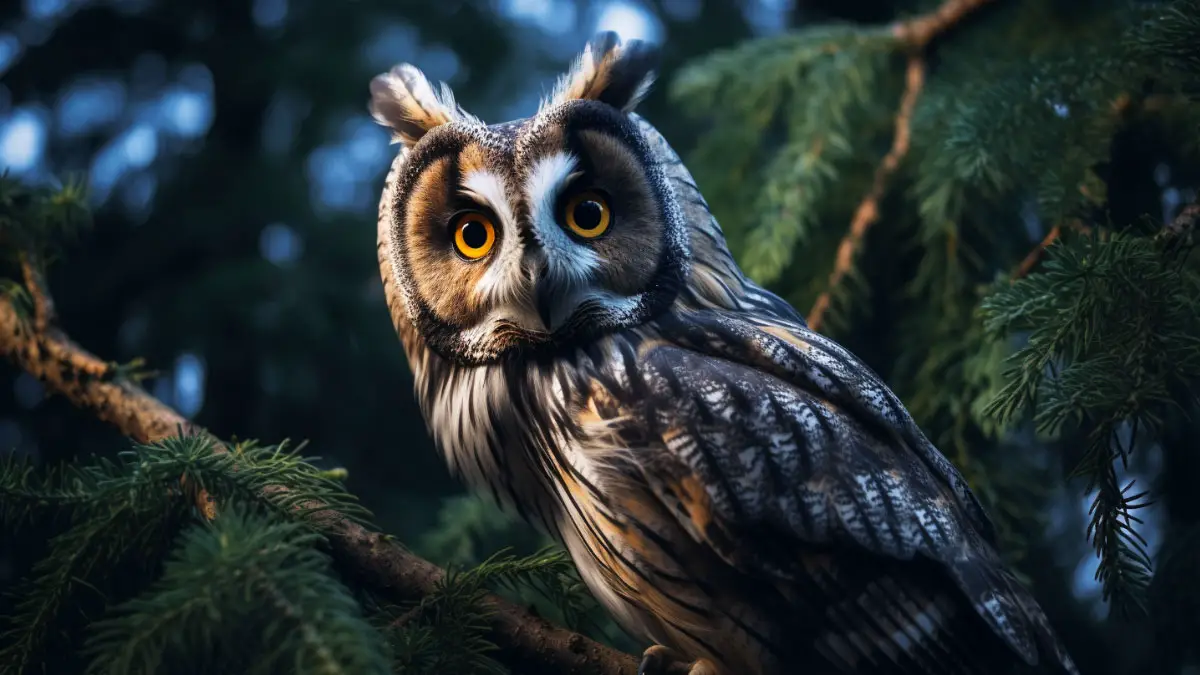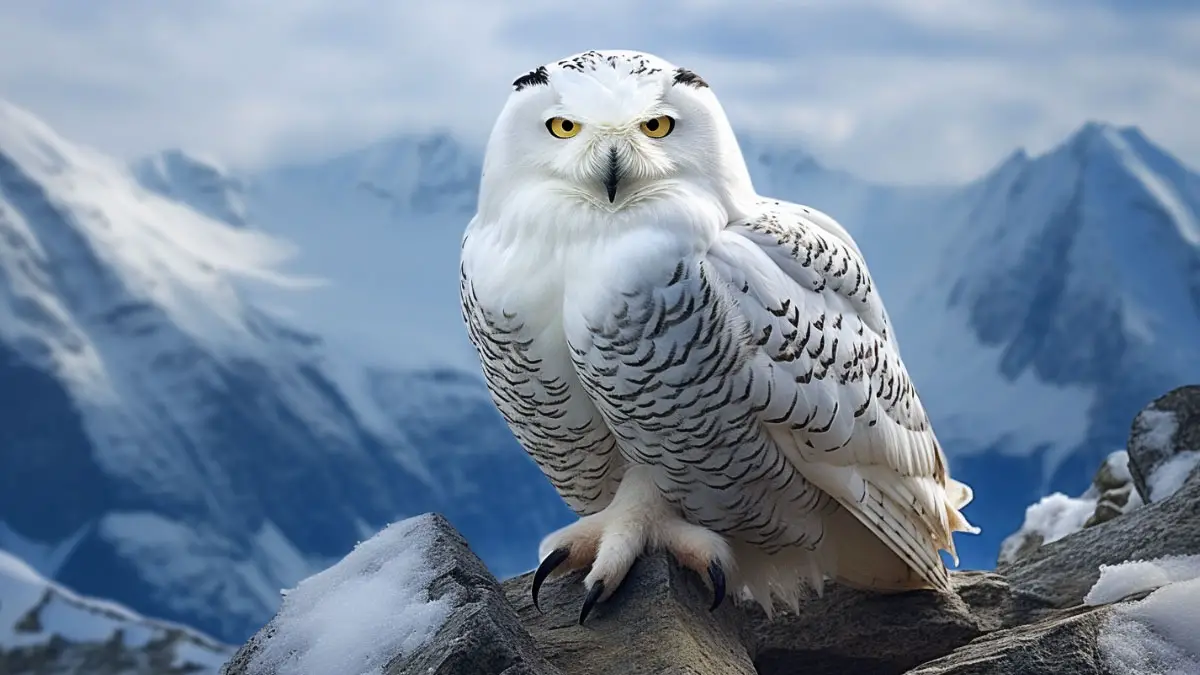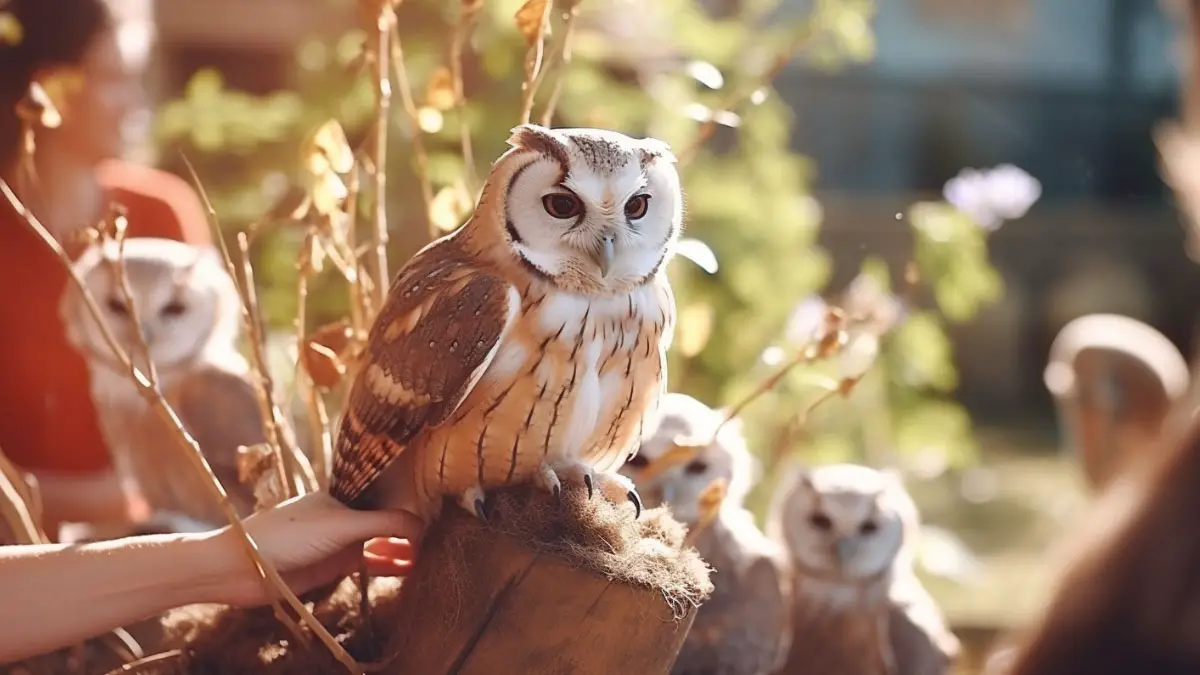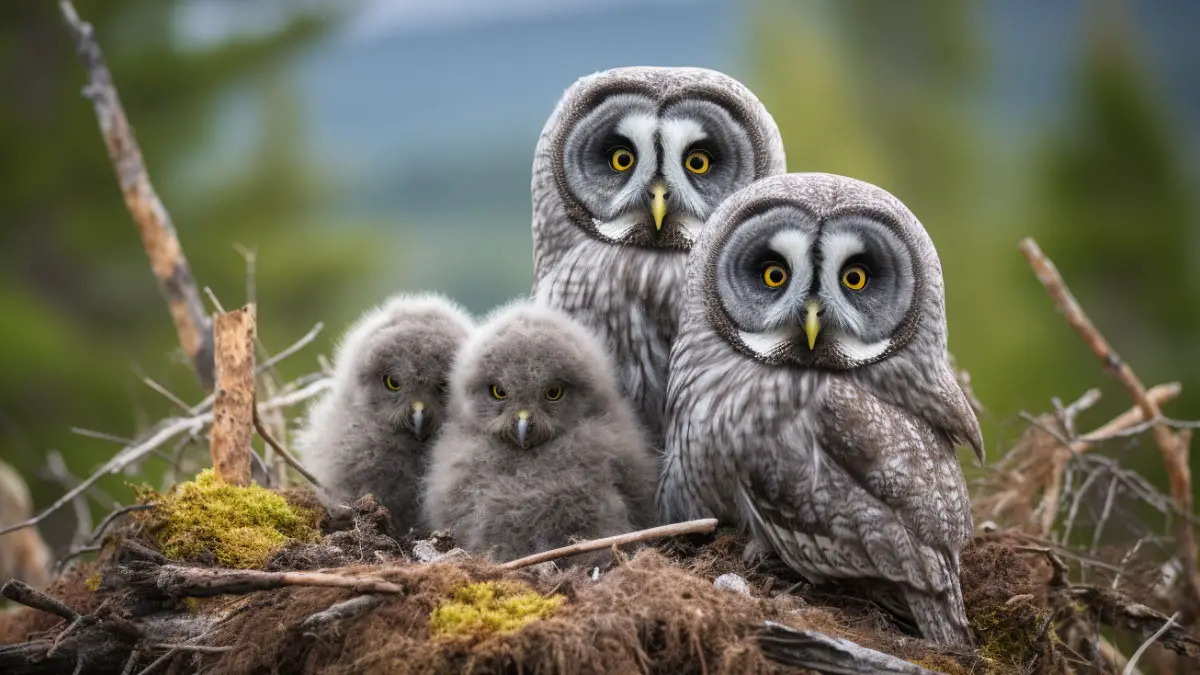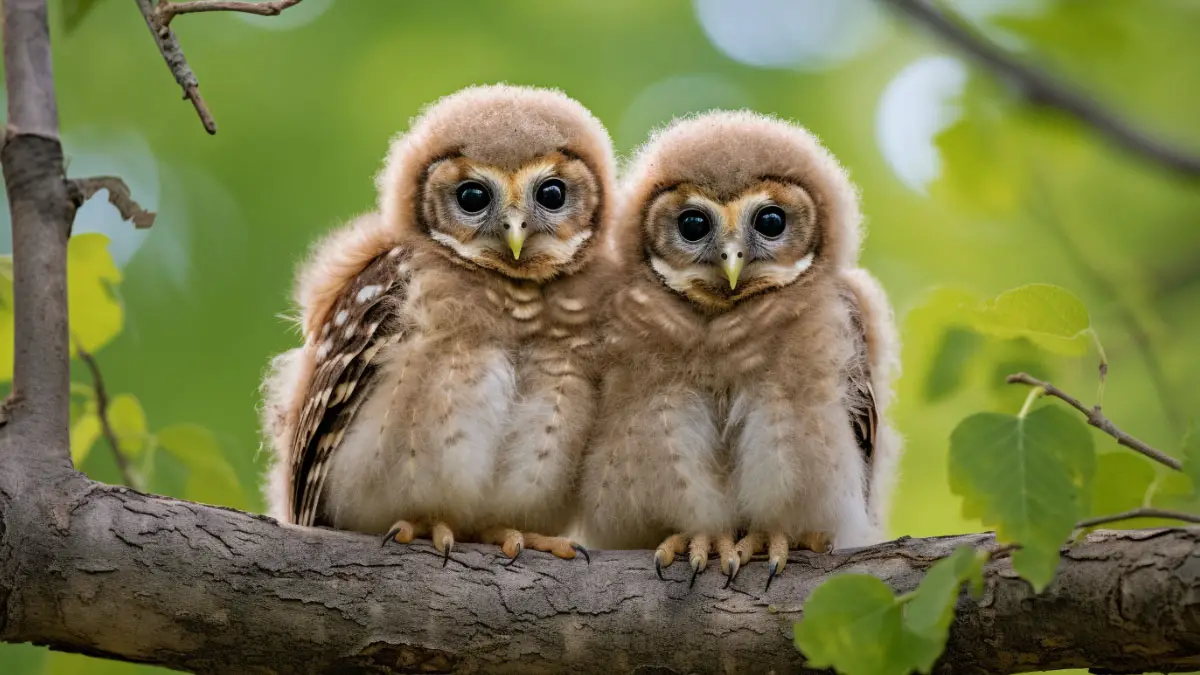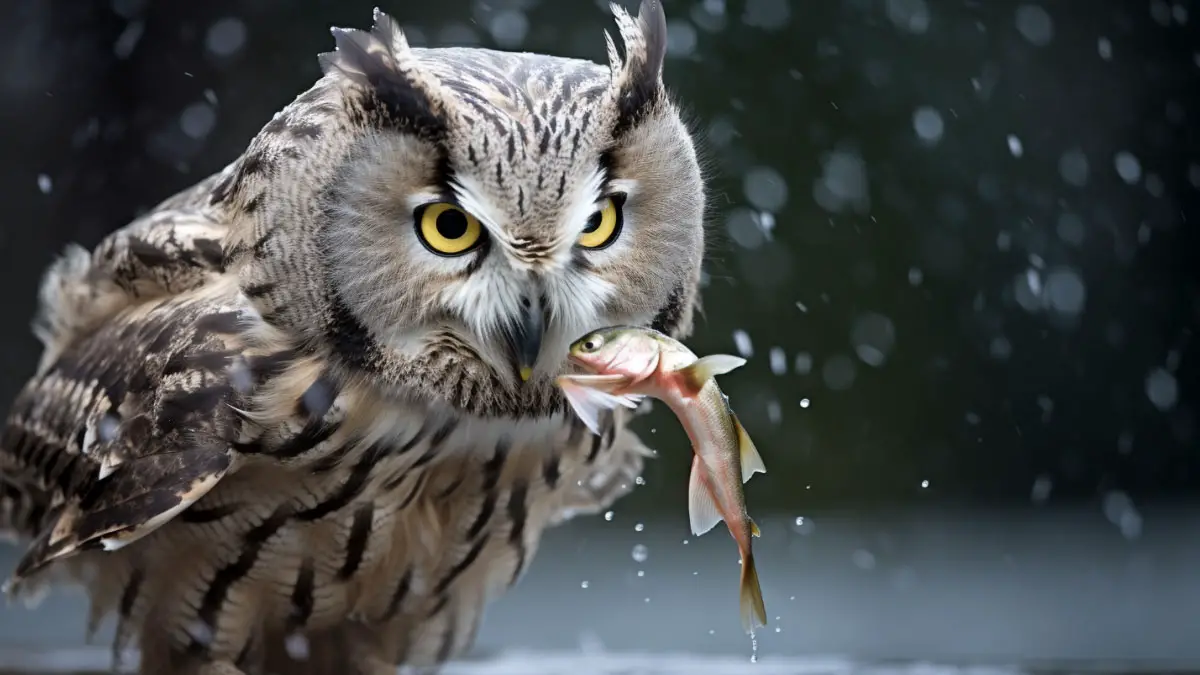Omnivorous birds are mostly seen to migrate to escape from freezing temperatures and lack of food. Geese, swans, bluebirds, and even hummingbirds fly hundreds to thousands of miles in times of need. But, being exclusively carnivores, do owls migrate?
It depends on the owl species. There are migratory owls and non-migratory owls. The Snowy Owl, for instance, is infamous for its epic food-related migrations across vast distances. However, many species of owls, such as the Barn Owl and the Great Horned Owl, rarely venture far from their permanent territory.
If you want to know more about owls’ migration, read on! We have prepared a whole brief coming up.
Do Owls Migrate: Depending On The Species
Owls’ migration can’t be defined in general as all species don’t do the same. However, some owls fly far away due to food availability, climate, and breeding habits.
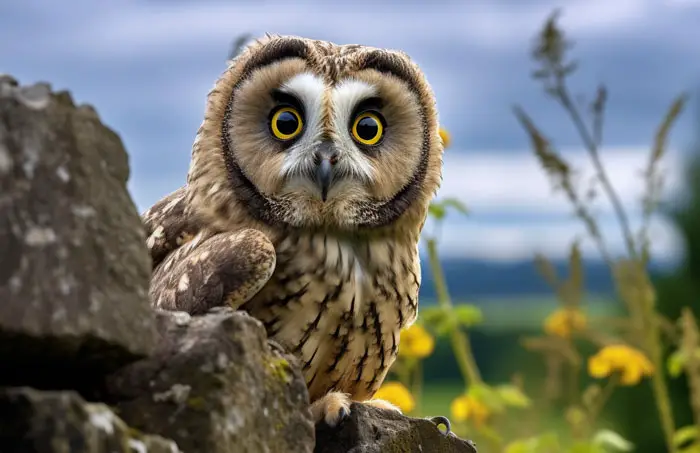
Some of the most-known owl species that migrate are discussed here.
Short-eared Owl
Commonly referred to as “shorties,” the Short-eared Owl (Asio flammeus) is the most well-known for its seasonal migrations. They typically migrate throughout North America. Despite migrating south for the winter, they nonetheless stay on the continent, displaying puzzling, hard-to-predict behavior.
Short-eared Owls prefer to stay in grasslands, marshes, and prairies throughout the winter months. These habitats are essential wintering grounds because they provide an abundance of food like small mammals. Therefore, this indicates that these owls’ can adapt to different conditions, including both arctic and temperate climates.

During the evening hours, short-eared owls can be seen hunting in broad fields from a low altitude. The owls are also known to engage in communal roosting during both migration and the winter months.
Northern Saw-whet Owl
When it comes to owl migration, the Northern Saw-whet Owl (Aegolius acadicus) adds a touch of intrigue with its stealthy and undercover fall travels. Northern Saw-whet Owls, unlike other obvious avian migrators, keep their migration out of the public eye. Therefore, they migrate at night, under the cover of darkness.
These owls can travel a great distance on their migration routes at night when they are less likely to be seen. Because of their specialized feathers, they can glide through the air almost silently, making it difficult for either predators or prey to notice their presence.

Another impressive fact about them is their impressive night vision, which helps them to fly far away in the night. This heightened awareness benefits them in navigating the migratory routes, as they rely on hearing prey in low-light circumstances.
Snowy Owl
Snowy owls make a stunning annual migration from the Arctic tundra to the northern United States. Their amazing adaptability during migration characterizes them as true wanderers, differentiating them from all other migratory birds.
Snowy owls don’t go to the same place each year. They are quite adventurous in roving from one ecological place to another in search of an abundance of food supply. Snowy owls can survive in a wide variety of habitats outside of their traditional Arctic nesting grounds.
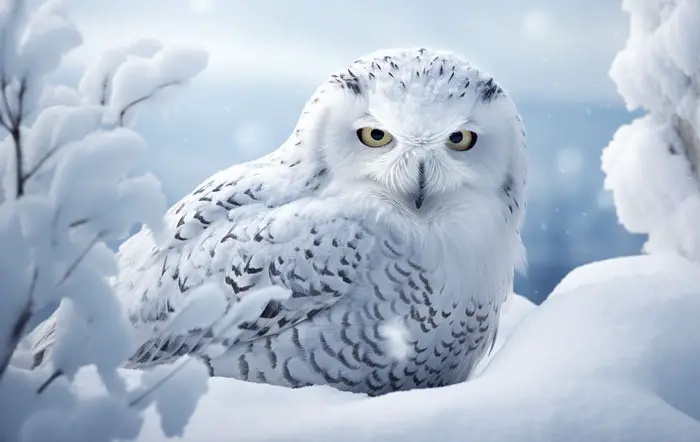
Some Snowy Owls fly south in search of food as winter approaches, leaving their breeding grounds in the Arctic throughout the summer. Their exact time of migration varies. In years when lemmings (their primary prey) are rare, more of them are likely to travel in search of better food areas.
Burrowing Owl
As a species with a wide range of habits, the Burrowing Owl (Athene cunicularia) adds fascinating sophistication to the story of owl migration. While some individuals of this species love to stay put in one area for the whole of their lives, others engage in seasonal migrations.
Burrowing owls who migrate choose every spring and fall as their migrating period. The disparity between fixed and migratory activities within the same species shows different ways that Burrowing Owls use to extend their environments. Individuals who migrate do so in search of better breeding or hunting conditions.

Although several owls show extensive seasonal migrations, burrowing owls are not among them. They mostly do short-distance migration, considering the availability of habitats, prey, and breeding locations.
Which Owl Species Don’t Migrate at All?
Barred Owl has earned a reputation for its limited range of motion. This owl species tends to stick close to home; none of them travels more than 6 kilometers from home.
Also, the Eastern Screech Owl found in North America also doesn’t migrate. These owls are extremely flexible, so you can spot them anywhere from urban neighborhoods to coniferous forests.
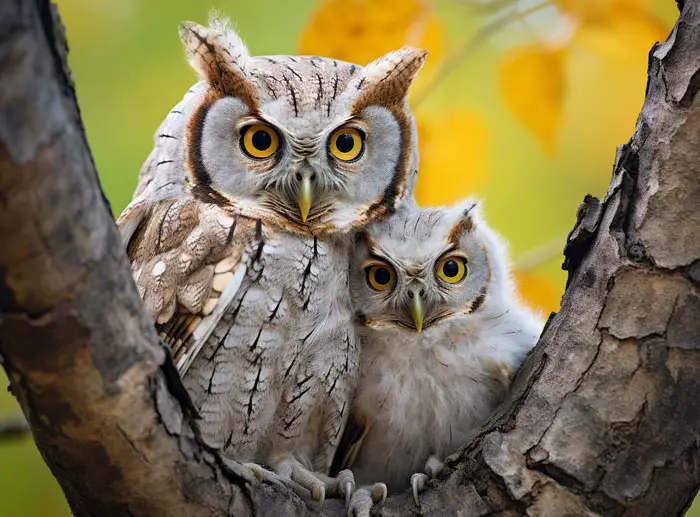
Do Owls Migrate In The Summer?
In most cases, owls do not leave their breeding grounds throughout the summer. During summer, they get plenty of food supply and optimal weather in their area. So they don’t feel the need to go to another region in search of food or suitable weather.
Unlike many other migratory bird species, owls do not normally migrate according to a predictable schedule. Instead, their migrations are typically driven by necessity, responding to variations in prey quantity or harsh environmental conditions. So, some owls may also migrate to nearer locations if they feel the need for it during summer.
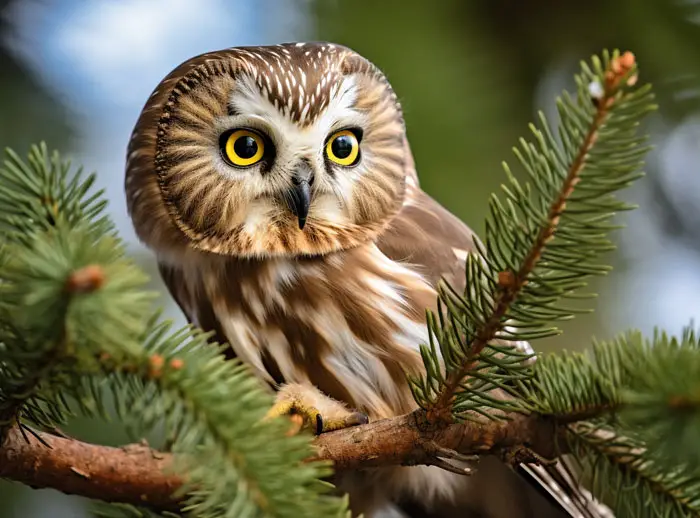
FAQs
Here are some relevant questions regarding the topic that may help you get more valuable information.
Snowy Owls leave the Arctic due to a phenomenon named irruption. This happens when Snowy Owls face a scarcity of lemmings and voles, as this is their primary diet there.
Certain northern owl species may experience irruptive migrations, migrating south in search of food during challenging winters when prey is scarce. Unlike the yearly migration of many bird species, this action is taken when the food and environmental needs are not in their favor.
Birds that can’t spend the winter in their native climes will move to a warmer area. Extreme cold and a lack of food make winters in freezing areas particularly deadly for birds. The birds can find enough food to get through the winter if they migrate to warmer areas.
Wrapping Up
As an answer to “do owls migrate,” we must say that it depends. While some owls show migratory tendencies, others don’t migrate at all. Depending on the environment and other factors, owls may or may not migrate.
Hence, they do not follow a specific routine or pattern for their migration. So, their migration can be called “irruption” or necessary migration, drawing attention to the fact that owls may move around suddenly depending on where food is.
